
Five New Approaches for Data Center Cabling – Part 1
 Organizations and data centers have concluded that structured cabling provides a durable foundation for a sound and efficient network infrastructure. As a result, management teams are reconsidering their existing data cabling configurations. For example, organizations are thinking of transferring some or all of their IT systems to cloud-based data centers that utilize virtualization.
Organizations and data centers have concluded that structured cabling provides a durable foundation for a sound and efficient network infrastructure. As a result, management teams are reconsidering their existing data cabling configurations. For example, organizations are thinking of transferring some or all of their IT systems to cloud-based data centers that utilize virtualization.
A properly designed network infrastructure is a prerequisite for being able to adapt emerging technology and support crucial systems cost effectively. Conventional cabling met network requirements in the past, but the growth of data and demand for speed are rapidly transforming what a business will need in the future.
New companies are planning their data center cabling structure well ahead of their first day of business to attain high efficiency, maximum utilization, and optimal provisioning. During the conception stage, data center architecture needs to address issues revolving around space, power, cooling, security, and costs.
Data transmission and storage, communications, power, and video should also be prioritized. However, monitoring, network security, system updates, backups, software support, and maintenance are also of great importance.
As you may be considering improving your company’s network, it may be helpful to keep in mind four new approaches for data center cabling discussed below.
Convergence
The concept of convergence has been applied to networking and data cabling. Functions for data, phone, and video are being offered on a single network by service providers. Introduced several years ago, the convergence approach is gaining in strength via structured cabling for data centers.
Applying this approach allows for greater cable density or minimizing cable usage, resulting in providing the proper network capacity for a particular architecture and delivering the advantages below:
- High density server racks and storage arrays reduce cable pathways for improved air flow.
- Input and output convergence offers simplified data cabling and greater design flexibility.
- Higher-density connectivity and higher-capacity cables provide improved performance.
Part 2 will discuss Modular Design, Optimized Network Infrastructure, and Virtualization.
Progressive Office Cabling
Founded in 1986, Progressive Office’s success has been a direct result of years of commitment to seeking solutions on behalf of our clients in the Washington, D.C. and New York City areas. Efficiently working together, Progressive teams get cabling installed and operating as fast as possible while minimizing disruption and downtime. Call our toll free number (800) 614-4560 today.


 After receiving the requirements for a
After receiving the requirements for a 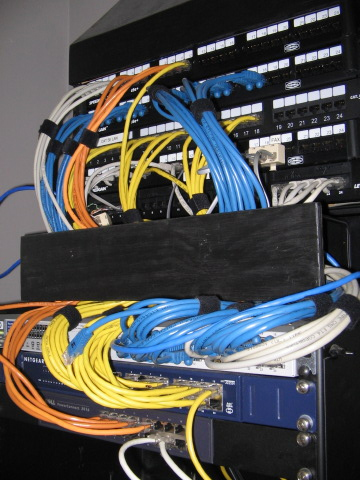
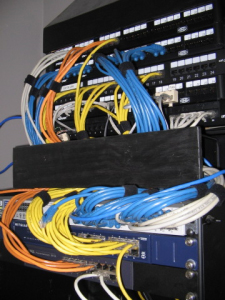 Utilizing best practices developed over time,
Utilizing best practices developed over time, 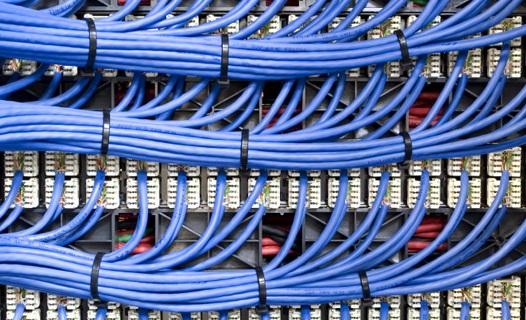
 Organizations and their data centers have come to recognize that
Organizations and their data centers have come to recognize that 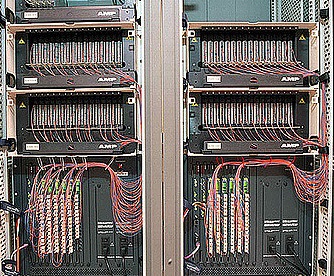
 As discussed in Part 1, point-to-point cabling systems are outdated and companies should strongly consider making the transition to
As discussed in Part 1, point-to-point cabling systems are outdated and companies should strongly consider making the transition to 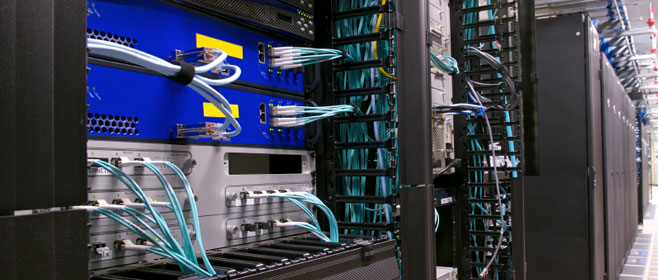
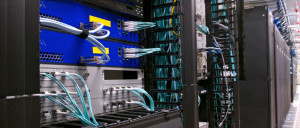 As mentioned in Part 1, data center efficiency can be improved by properly planning and implementing structured cabling principles. In addition,
As mentioned in Part 1, data center efficiency can be improved by properly planning and implementing structured cabling principles. In addition, 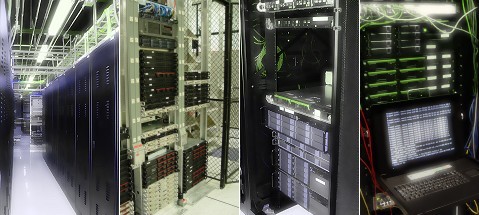
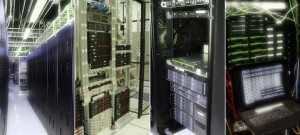 The
The 